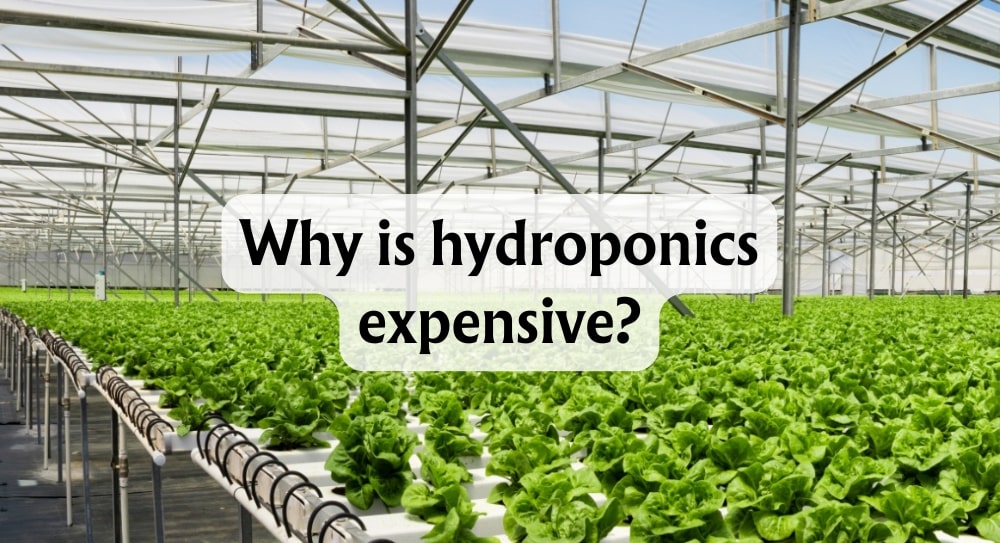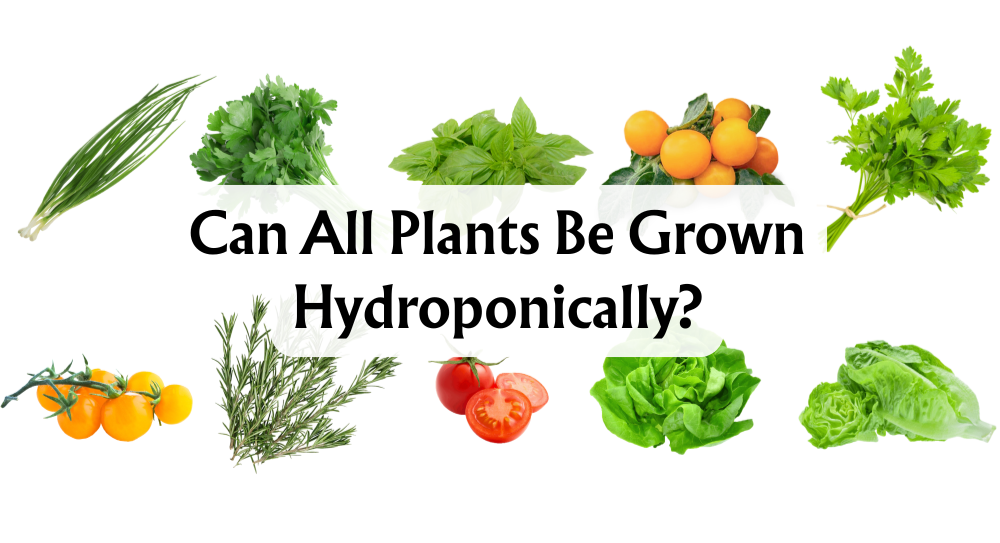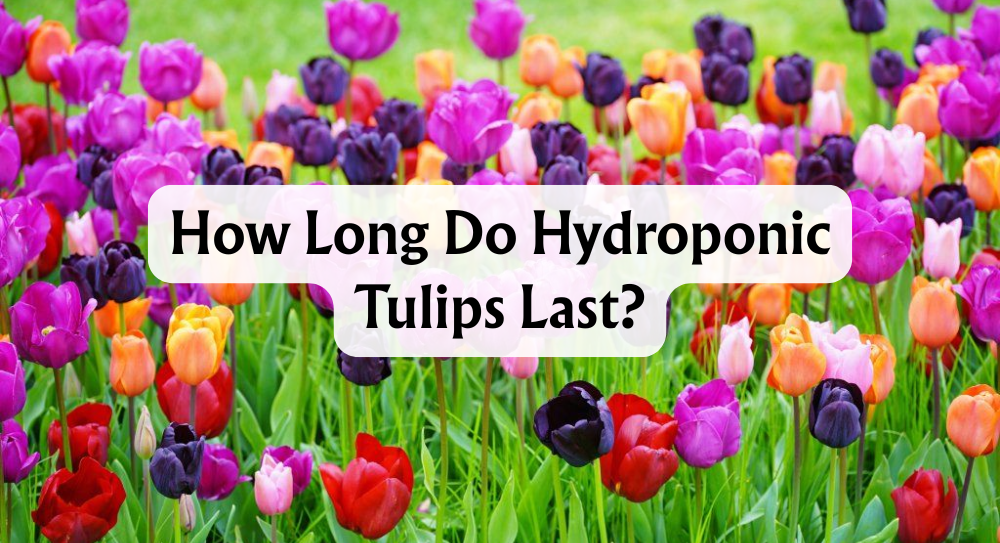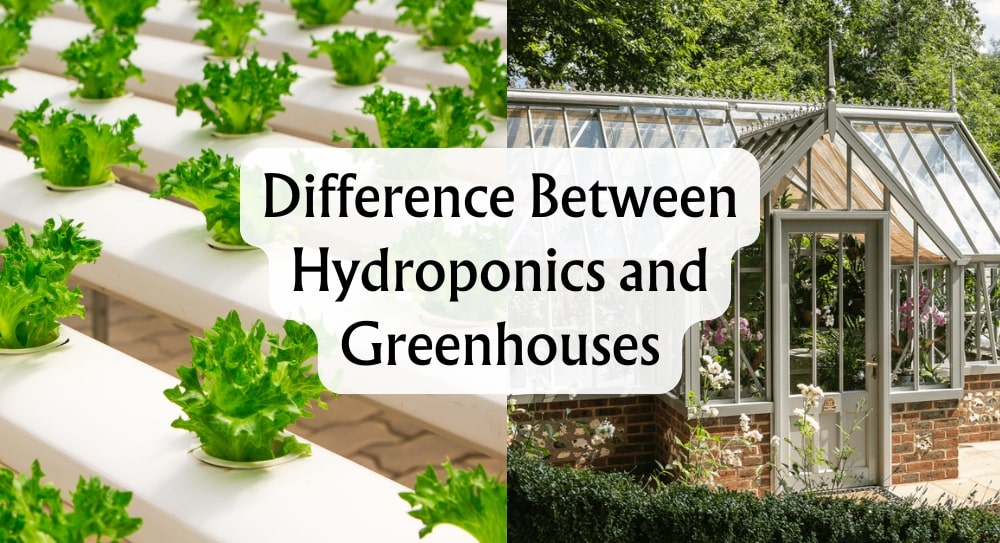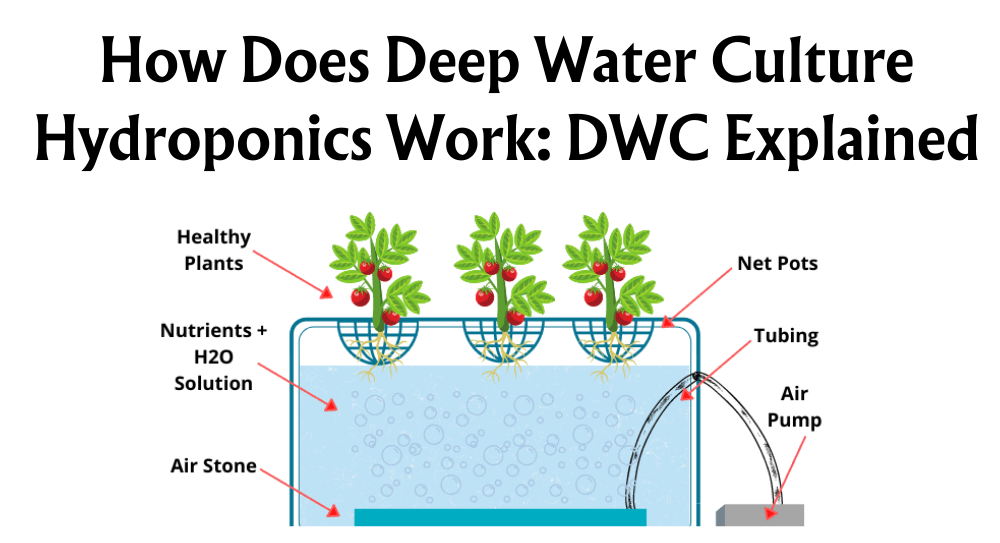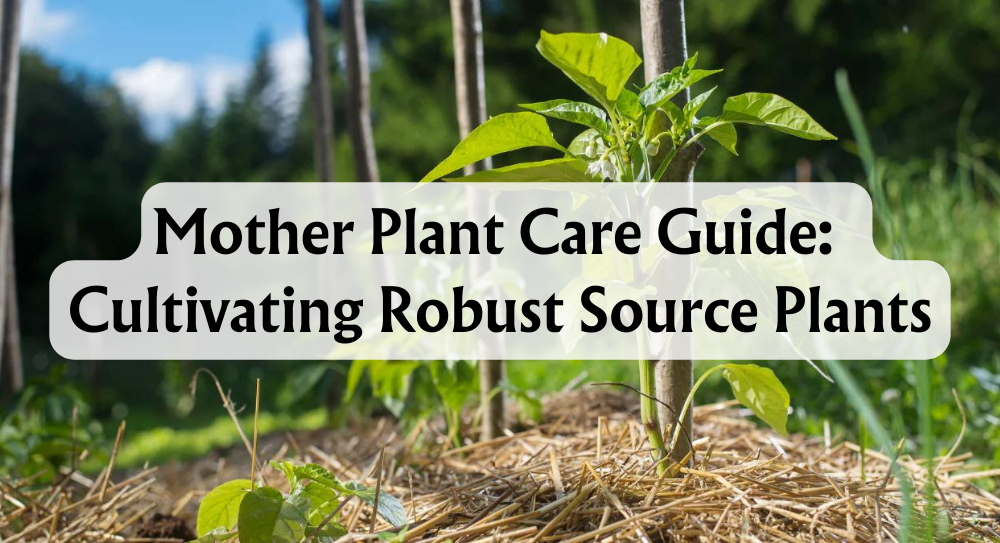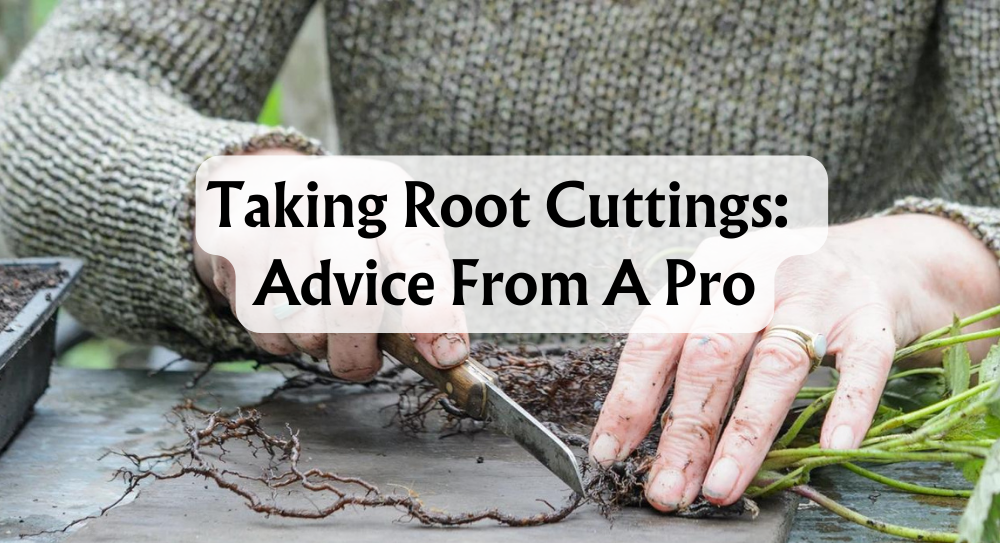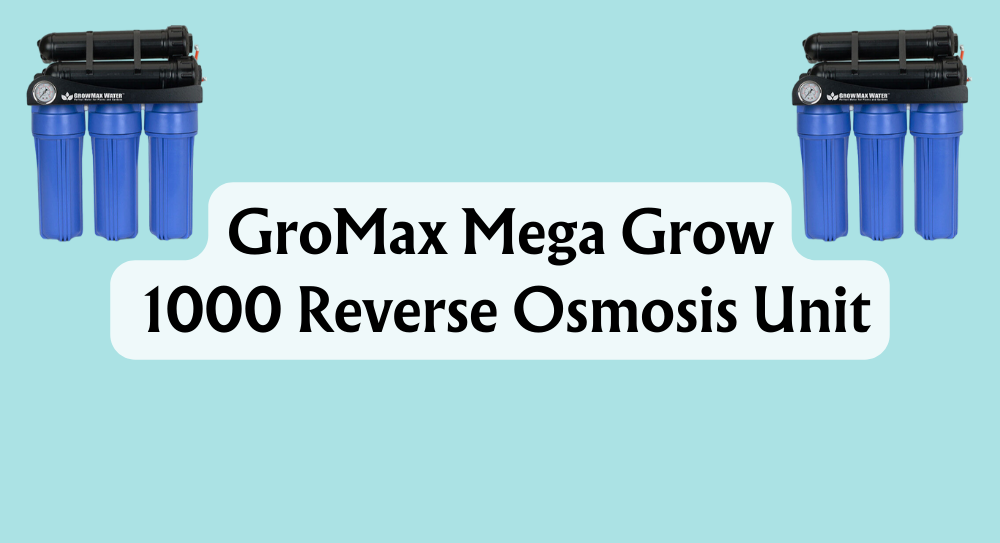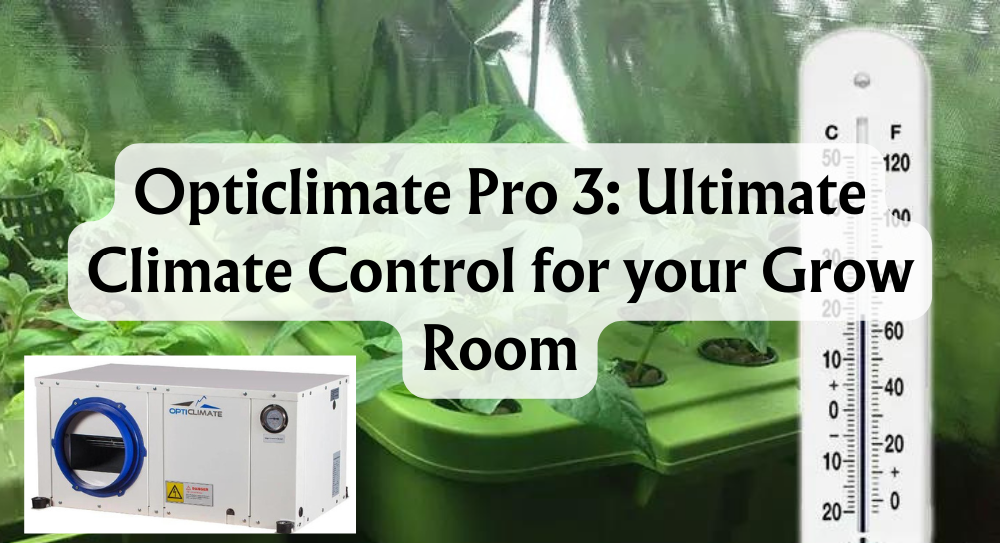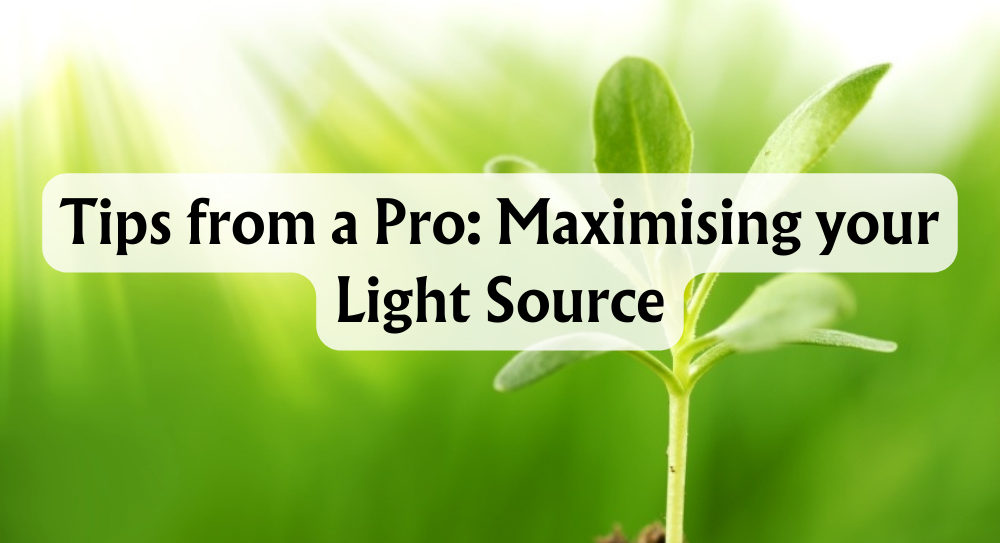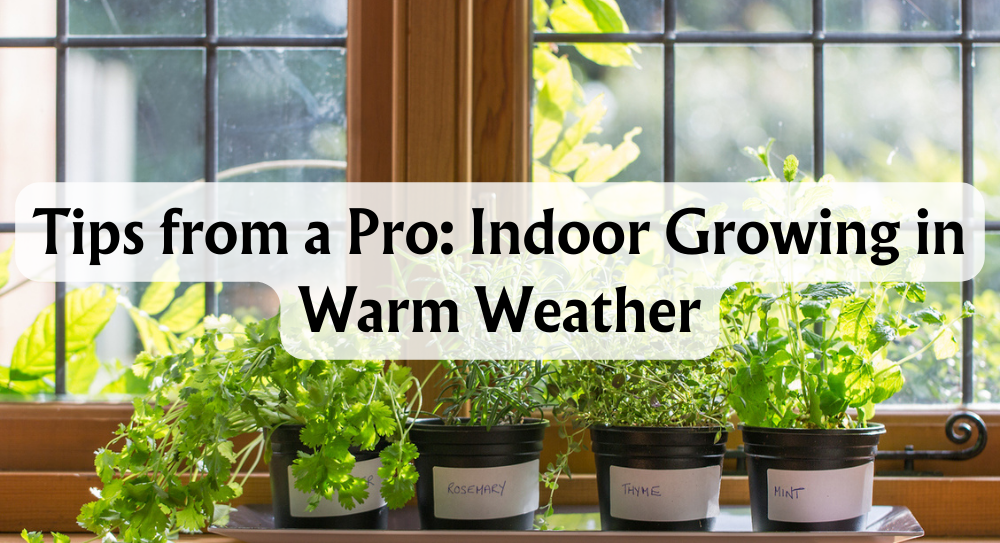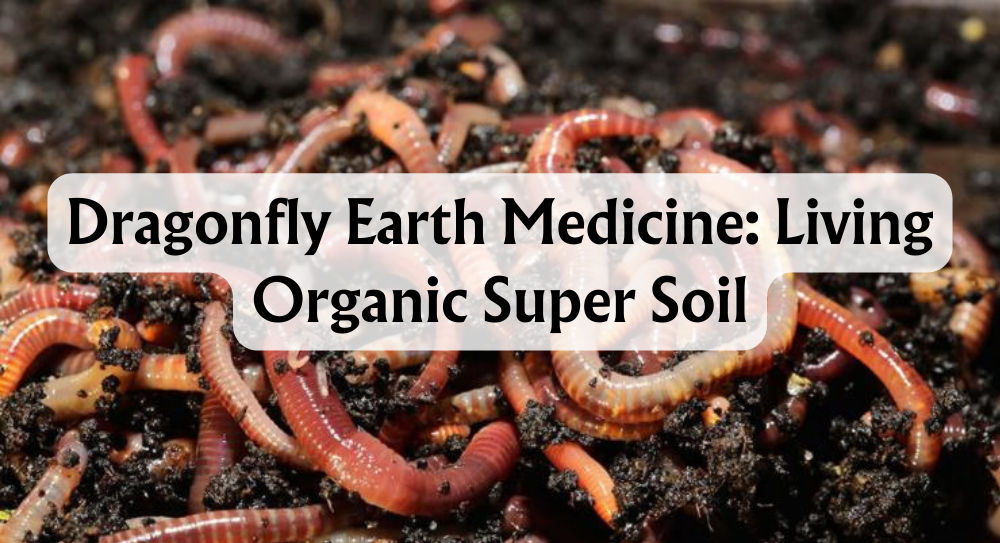Why is Hydroponics Expensive?
As fascinating as it is to grow plants without soil, the costs can sometimes leave aspiring gardeners scratching their heads. The main expense comes from the initial setup, which can range from simple systems costing around tens of pounds to advanced ones exceeding hundreds.
Now, if you’re a gardener eyeing this innovative method, the good news is that hydroponics can become cost-effective in the long run. After the initial setup, operational costs are generally lower compared to traditional soil farming. Nutrients are less expensive and the system efficiency often translates to faster growth and better yields. This blend of upfront investment and future savings makes it a compelling choice for green thumbs looking to venture into this realm.
We aim to explore not just why a hydroponic garden can be pricey, but also how growers can reduce these expenses. Our goal is to arm fellow gardeners with expert tips to make their hydroponic dreams a reality. Whether you're just curious or serious about making the leap, let’s dive into the world of hydroponics together!
Key Takeaways
- Hydroponics requires a significant initial investment.
- Long-term costs are generally lower compared to soil-based gardening.
- Cost-saving strategies are available to make hydroponics more affordable.
What Is Hydroponic Farming?
Let's dive into the fascinating world of hydroponic farming! Unlike traditional soil farming, hydroponics allows us to grow plants without soil. Instead, plants thrive in a nutrient-rich water solution. It sounds like magic, but it's actually science at its finest!
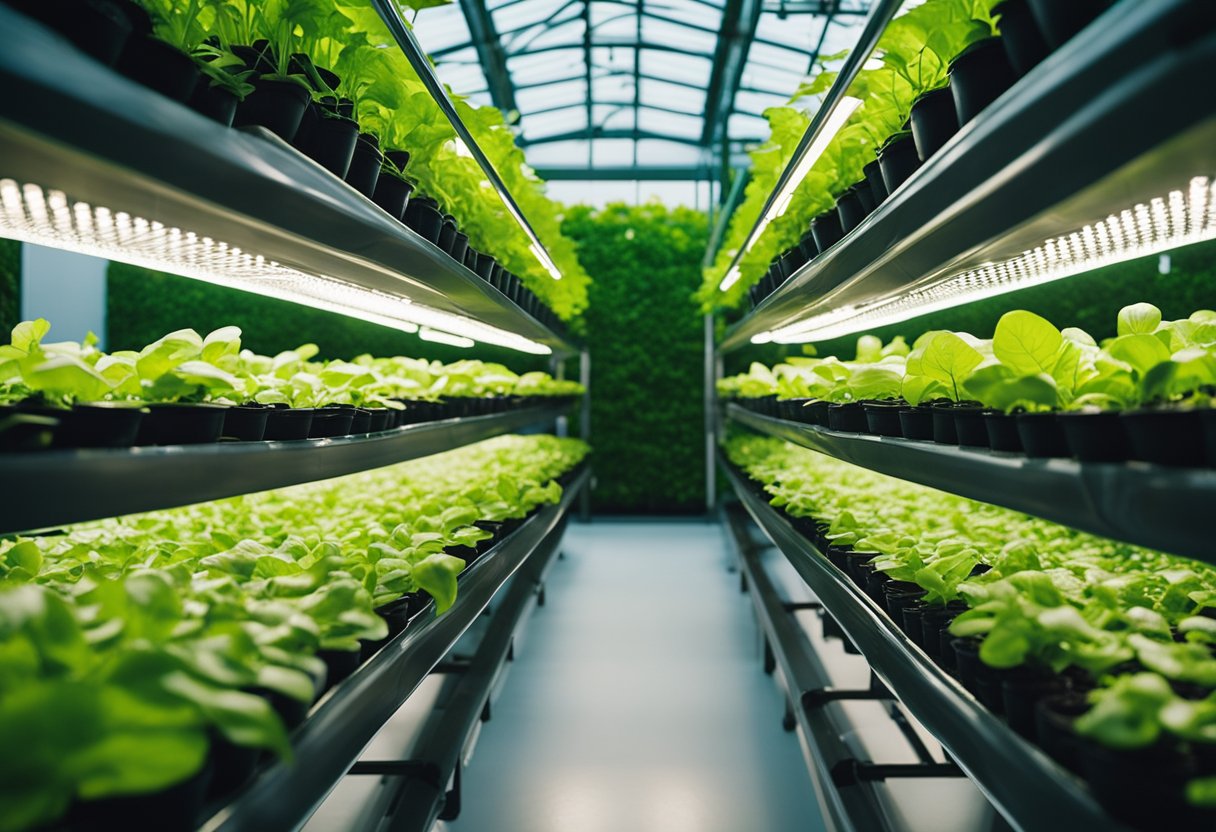
Why choose hydroponics, you ask? Well, it offers several perks. Faster plant growth is one big advantage. Plants grow up to 30-50% quicker in a hydroponic system compared to soil-based methods. Plus, water efficiency is a game-changer. Hydroponic farming uses up to 90% less water, which is fantastic for our planet.
Fancy year-round farming? Hydroponics lets us farm in any season, all while being indoors! No more worrying about frosty winters or scorching summers. Now, let's chat about the different types of hydroponic systems.
- Nutrient Film Technique (NFT): A thin film of nutrient-rich water flows over the roots.
- Deep Water Culture (DWC): Roots dangle in a nutrient solution. Simple, yet effective!
- Drip System: Nutrients are dripped directly onto each plant’s base. Customisable and efficient.
While we're here, let's briefly touch on aeroponics. It's similar, yet different. Plants are grown in an air or mist environment, without any use of soil. It's another innovative leap from traditional methods.
Ever heard of aquaponics? It's like hydroponics but with fish! Yes, fish! Their waste provides essential nutrients. The cycle is self-sustaining, and it’s quite the science experiment.
Isn't modern farming intriguing?
Hydroponic Operating Costs
When diving into the world of hydroponics, understanding both the initial investment and ongoing expenses is key. Initial costs can vary depending on system choice and scale, and other factors influence the cost.
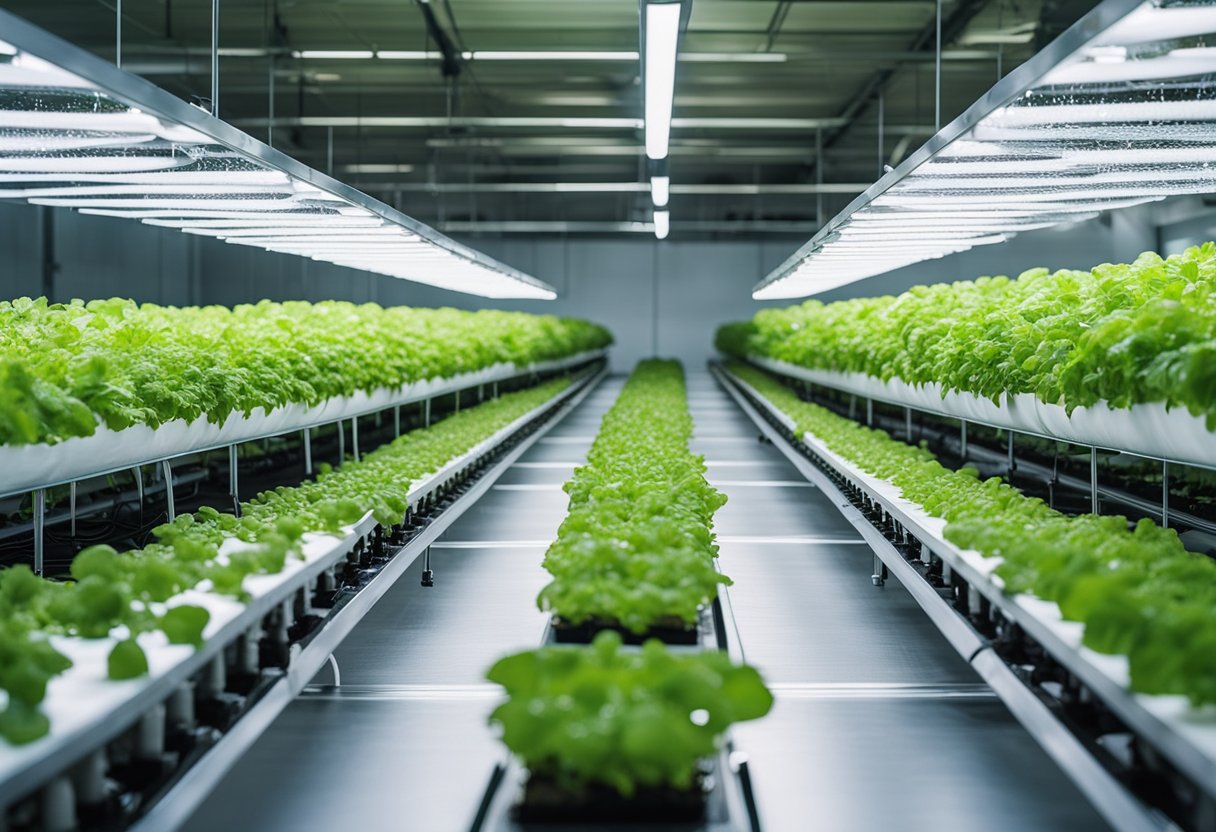
Opening Investment
Initial investment in a hydroponic system can feel like a leap. You've got your system type, which can range from DIY setups to commercial monsters. Small hydroponic systems might just need, say, £50 to £300, whereas large hydroponic farm operations could easily gulp down over £1,000 or more.
Size matters! A small home grower might only need a snug corner in the garage, while our commercial pals are setting up in sprawling greenhouses. The cost difference? Let's just say, small-scale growers aren't splashing out on fancy remote-controlled systems.
Then, there’s the glow of grow lights. Whether you choose flashy LED grow lights or budget-friendly fluorescents, it affects not only your plants but your wallet too. Picking the right light for our setup ensures less strain on the finances and more of that luscious growth we’re all eager for.
Ongoing Expenses
Now, onto those continuous costs. Nutrients are our plant's gourmet meals. Tailored nutrient solutions ensure hydroponic plants thrive. Some setups might see us spending anywhere from £15 to £50 per month on these nutrient-rich cocktails.
System maintenance is like taking your car for regular check-ups. Cleaning tubes, checking pumps, and ensuring everything runs smoothly prevent costly malfunctions. Neglecting this? Well, it could lead to sky-rocketed expenses down the line.
What about electricity and water? Hydroponic systems, unlike soil farms, drink less water due to recirculation, but they do demand energy. Lighting and climate control, especially in larger setups, mean that electricity bills can add up. A single home setup might have us noticing a small bump, while large operations could be looking at some hefty sums. Let’s face it, nobody wants a nasty surprise when the bill lands!
Comparing Hydroponic vs Soil Based Farming
Let's dive into the fascinating world of hydroponics and soil-based farming! It’s like comparing apples to oranges, or in this case, tomatoes grown in different environments.
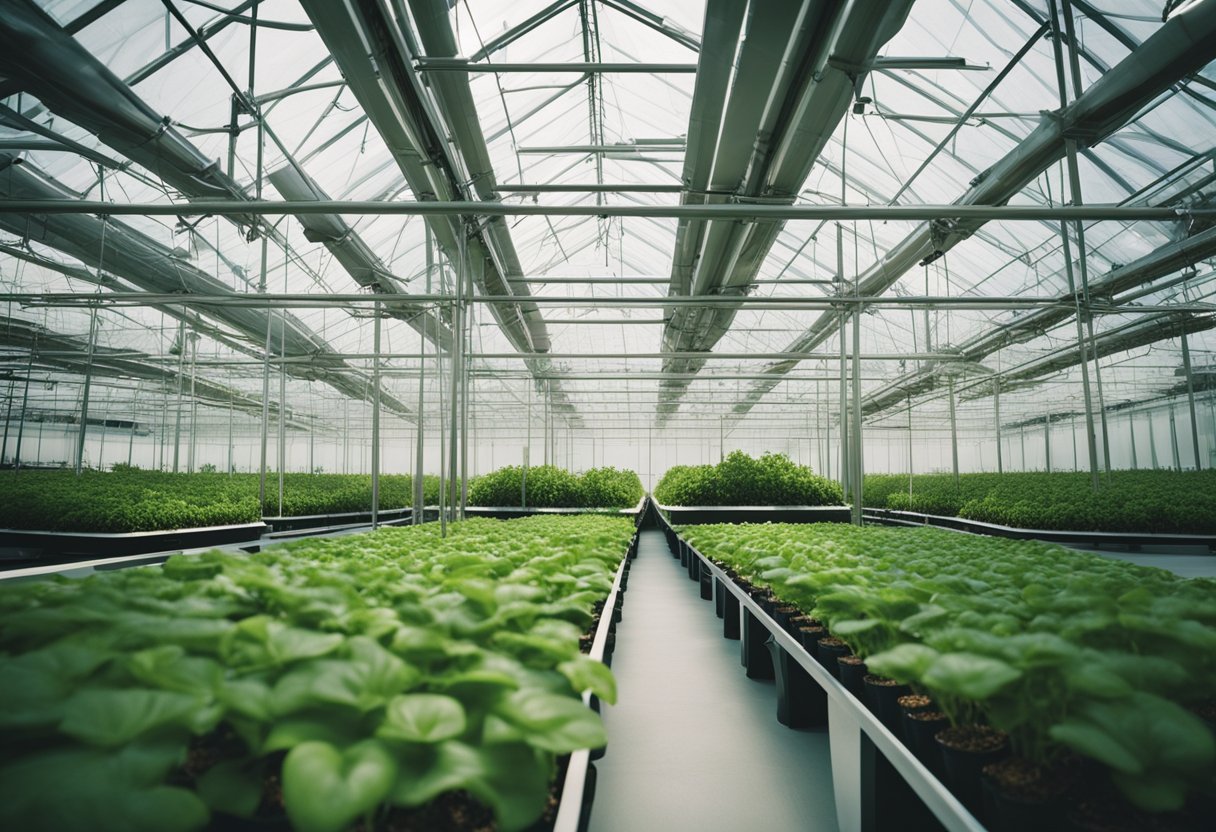
Initial Investment
First up, the initial investment. Setting up a hydroponic system can be like buying a fancy new gadget. It includes costs for equipment like nutrient film technique setups. Soil-based farming, on the other hand, often requires less upfront spending but may involve costs for land preparation.
Ongoing Maintenance Costs
Now, let's chat about ongoing costs. Traditional soil-based farms might spend more on labour and fertilisers. Pesticides also factor in. For our hydroponic systems, we’re looking at electricity, nutrients, and regular maintenance. Over a year, a hydroponic setup can cost a pretty penny but might pay off with other benefits.
Yield and Efficiency
Who doesn’t love a juicy tomato with high yield? Hydroponics often boasts superior plant growth rates and impressive crop yields. Soil-based gardening, while more traditional, might not always match this efficiency. The controlled environment in hydroponics allows for faster growth, which means more tomatoes for our salads.
Environmental Impact
Sustainability is key these days. Hydroponics shines here with lower water usage and reduced pesticide runoff. Soil farming, while natural, can struggle with sustainability concerns over time.
In the end, both methods have their unique perks and quirks, much like choosing between your favourite pair of shoes! Whether you prefer the techy vibe of hydroponics or the earthy touch of soil, there’s plenty to appreciate in both worlds.
Is Hydroponic Farming Cost Effective?
The initial investment might seem high, but the return on investment (ROI) can be impressive. Imagine starting with a hefty sum yet witnessing your plants grow 30-50% faster and yields surge by 30%. That's called a win-win!
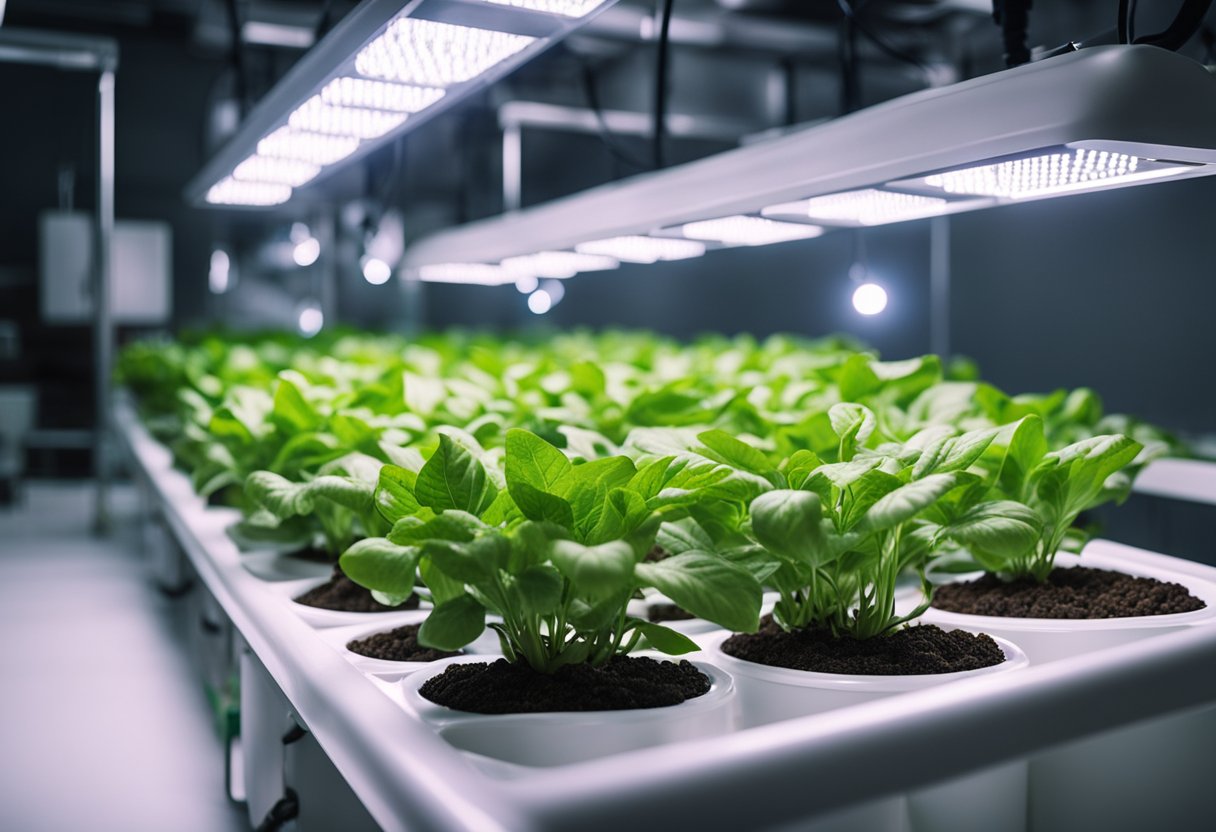
Profitable plants like lettuce and herbs not only grow swiftly but also have high market demand. This plays a big role in making our farming venture actually profitable. The higher yields and faster growth rates help us cover initial set-up costs quite efficiently, especially for beginners in the first year.
Water conservation is another ace up our sleeve. Hydroponic systems use one tenth of the water than traditional farming. With such impressive water savings, it’s hard not to notice how our monthly utility bills start to shrink! Plus, we get to farm year-round, thanks to controlled environments, ensuring a steady flow of green produce and profit.
How do we calculate the potential savings? Here’s a tip: consider the cost of water, fertilisers, and land in your area. Subtract these savings from your total set-up costs – voila, there's our potential saving!
Lastly, let’s not overlook long-term savings. Over the years, we find ourselves saving more on resources. The profit margins begin to look pretty attractive as we optimise hydroponic farming operations. With consistent yields and reduced expenses, it's a strategy worth considering!
Cost Saving Strategies
Efficient System Design
Invest wisely in robust systems that need minimal maintenance. Take the story of a clever grower who engineered a DIY setup and slashed costs by 30%. Impressive, right?
DIY Nutrient Solutions
Why buy when you can DIY? Growers can whip up their nutrient mixes. Try this: Mix water with a pinch of Epsom salt, calcium nitrate, and potassium nitrate. Voilà! A homemade nutrient solution on a budget.
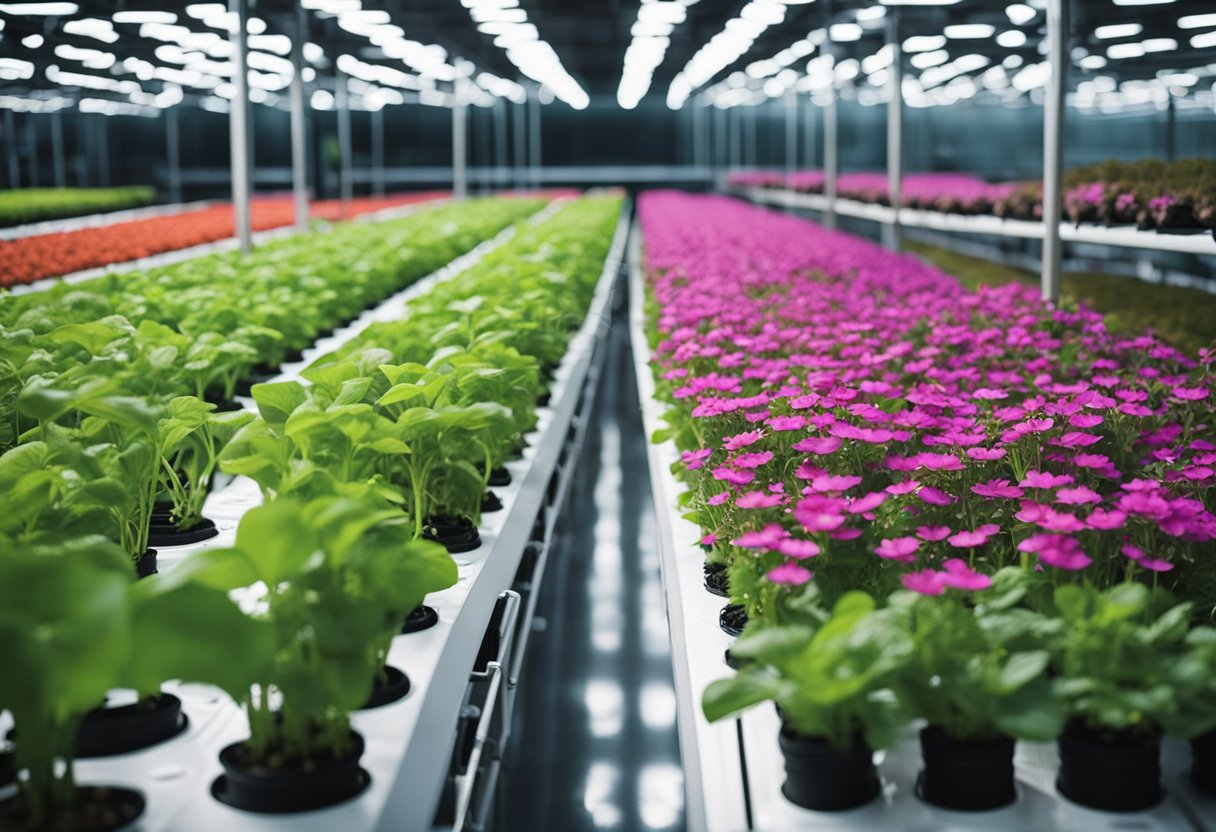
Optimise Energy Use
Ever thought about using energy-efficient grow lights? How about setting them on a timer? It helps big time in optimising light use and slashing electricity bills.
Pro Tip: Experiment with light schedules to hit the sweet spot of efficiency.
Reusing Growing Media
Some growing media can be your best friends. Sterilise and reuse them to cut down on costs. Coconut coir or rock wool can be good candidates for reuse. A bit of creativity goes a long way!
Government Grants and Incentives
Got your eye on some financial help? Explore government grants and subsidies aimed at hydroponic farming. They could lighten the financial load significantly.
Conclusion
A hydroponics system can seem quite pricey at first glance. Capital costs like equipment and sensors can reach up to thousands for a commercial setup. On top of that, essential growing media such as coconut coir or perlite can add another expense to your bill.
Despite these expenses, let's not forget the many benefits of hydroponic technology. It boasts higher crop yields and efficient resource use compared to traditional farming methods. Plus, we can enjoy year-round growing in controlled environments, free from climate woes.
A little piece of advice? Start small. We recommend initially experimenting with a smaller setup and observing how well it works for us. As we become more comfortable, we can then consider expanding.
By making thoughtful decisions and employing cost-saving strategies, hydroponics can become a worthwhile investment over time. It’s not just about the immediate outlay but about reaping long-term benefits.
So, who’s ready to take the plunge and get their hands a little less dirty with hydroponics?







 Store Locator
Store Locator
